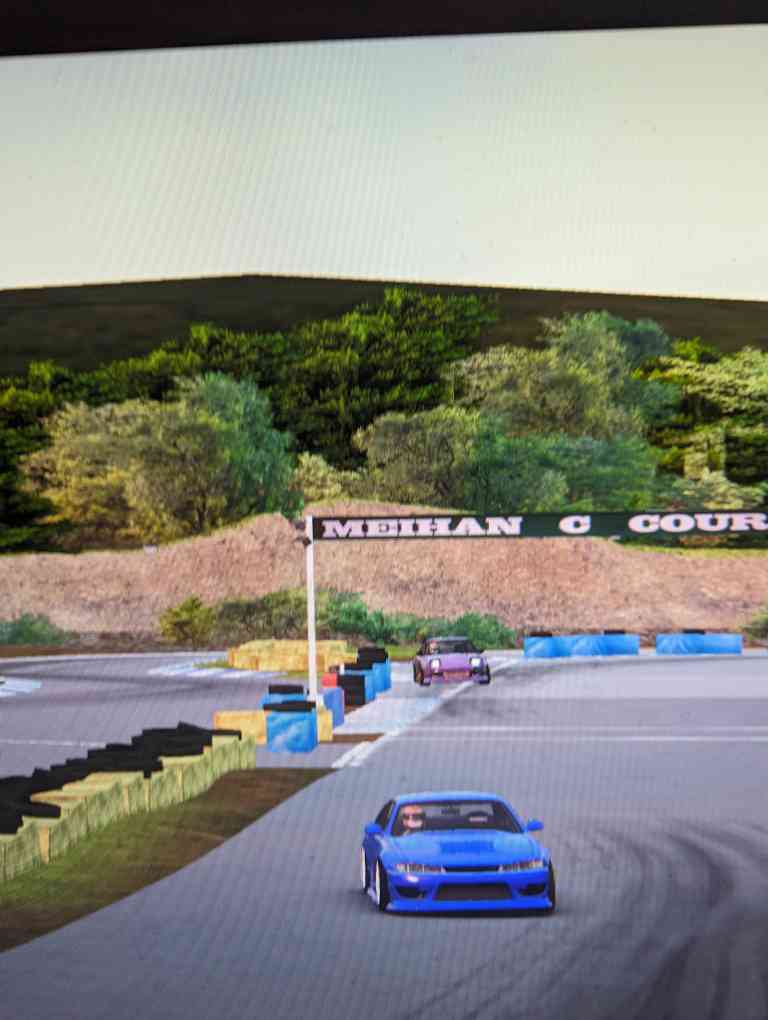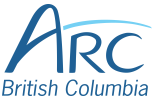
A stranger (the Blue s14) teaching me (purple s13) how to enter the first corner of a digitally recreated Miehan Circuit.
The Results!
If you’re into something niche enough, you can still find a decent community on the internet. Ever since a young motorcycle obsessed me stumbled onto Icon Motorsports released a short video titled Motorcycle vs. Car Drift Battle 2 about 10 years ago I was hooked on drifting and the idea of going sideways. Need for Speed, Forza, and games like them only made this obsession grow. Unfortunately drift cars, tires, and track time are all quite expensive. Luckily there’s surprisingly affordable simulators you can set up in a bedroom and a surprising number of communities inviting people into the world of virtual motorsports. There’s a lot to be learned about digital citizenship from these virtual racing communities. Many of these communities often consist of discord and steam usernames. This means there’s very rarely a connection to the personal identity of community members. However, there are rules and expectations within these communities, appeal systems, and the possibility to be celebrated for achievement, or banned for behaviour that hurts the community. The rules are often pretty simple, mostly coming down to being respectful, not crashing into people unintentionally, and setting up your controls so you can quickly teleport to the pits without blocking other racers when you inevitably spin out or go careening off the track. (Another great thing about sim racing, it’s absolutely free to destroy engines, tires, body panels etc.) The one game that comes up constantly is Assetto Corsa. A game from 2013 is the top of mind choice for simulated cars not just because a large team of game developers created a good physics engine, but because many small teams of people have dedicated time to modifying, tweaking, and creating playable content and releasing it for free. The entire backbone for most of the modern Assetto experience was made by just one person. Within these communities there’s servers hosted by small teams, usually connected to a set of mods, a discipline of motorsport, and a discord server where you can find information and learn about upcoming events. This balance of welcoming attitude, shared content, and small teams creating and curating content means it’s possible for beginners to enter into these communities. Moderation can be hit or miss, as with any group or community, but for the most part the subject is niche enough and the communities small enough that they stay fairly positive. With virtual drifting especially, everyone is working to improve, and usually pretty excited to teach each other. There’s also constant accreditation. Any time anyone creates anything the expectation across the board is to credit everyone involved. Rather than securing data or information, it’s shared willingly, with the only expectation being that people tell other people where they got that car, tire model, engine sound, lighting effect, tree texture, and so on.
